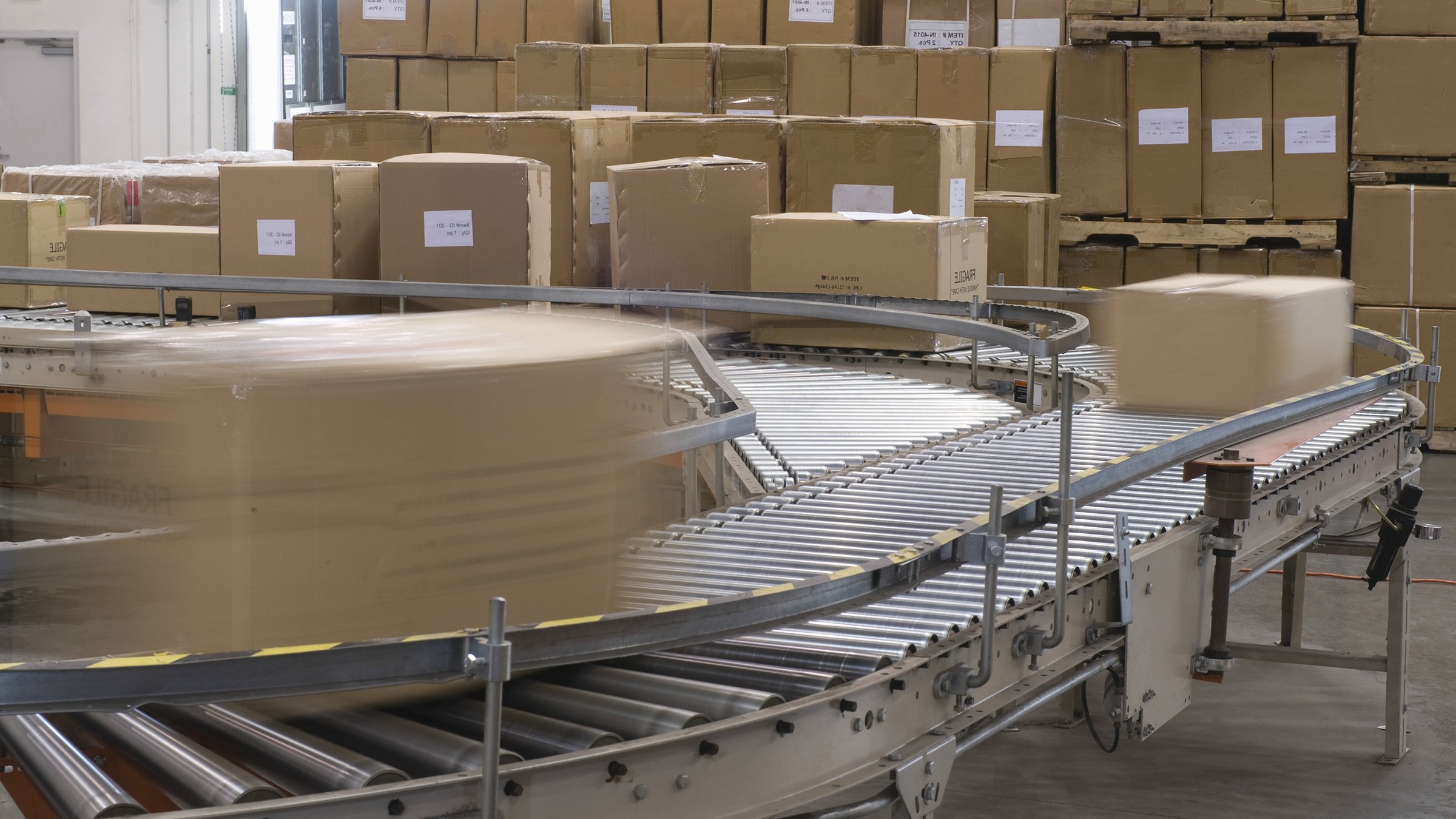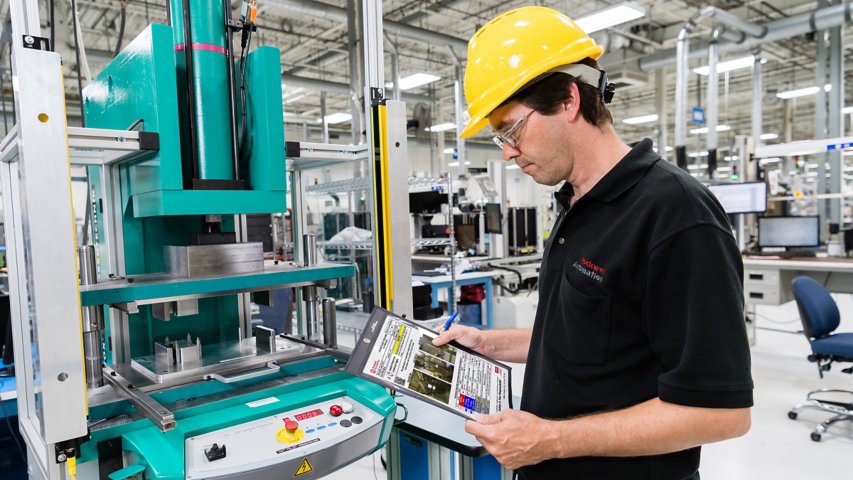Below are four questions that are commonly asked regarding Zero Energy State:
1. What defines “energy” exactly? Are there magnitude limits?
Energy is any energy going into, out of, or residing within the equipment. For instance, if you consider a case packer, many people will assume that it only has electrical energy. A few others might find the pneumatic line and realize it should also be a part of the lockout/tagout procedure. However, to truly establish a Zero Energy State on the case packer, the procedure must address all forms of energy such as hot glue (which may be powered separately), gravitational energy, and kinetic energy from moving machine parts. Also, adjacent equipment such as infeed and outfeed conveyors may need to be considered if they could pose a hazard to the authorized employee when servicing the case packer.
Regarding magnitudes, OSHA standard 1910.147 does not set upper or lower limits for lockout/tagout. For the equipment being worked on, all sources of energy must be at a Zero Energy State. The 50V electrical limit you may be wondering about is aimed toward electricians working in electrical panels. In the case packer example, the main 480V disconnect will be locked out, and the glue machine disconnected if it’s separate. But if the electrical panel still has <50V live inside to keep PLCs from losing their programming, this is acceptable since the procedure is made to work on the case packer, not the electrical panel.
2. How does Zero Energy State pertain to non-lockable energy sources like gravity, thermal, or kinetic energy?
Zero Energy State refers to all sources of energy, whether lockable or non-lockable. For instance, if the equipment has the potential for raised loads – like an elevator or hoist – then confirming your lockout/tagout procedure addresses steps to dissipate or neutralize this source will be critical to establishing a Zero Energy State.
What about other nonlockable sources? For kinetic energy, the lockout/tagout procedure must address how to stop rotating components and how to keep them from spinning if there is potential to do so. For thermal sources like a hot furnace, they will need time to cool down. Capacitors also need time to discharge and may need to be grounded to reach a Zero Energy State.
3. Do I have to worry about the equipment’s total weight? If they tip over for instance?
If the equipment is designed to lift or raise up, then yes, you do need to account for its ability to store potential energy due to gravity. The lockout/tagout procedure will need to take steps to neutralize that hazard. If the equipment is tall, but securely installed, then you do not need to worry about the unlikely scenario that someone will unsecure it and tip it over. While that could be a hazard, it is not covered by lockout/tagout. That would be covered under a job hazard assessment for installation, moving or removal of the equipment.
4. What about adjacent processes or equipment – does that play a part?
Yes, it does, especially in a manufacturing line. Equipment before, after or nearby the equipment being worked on may need to be locked out too, if you will be working nearby. When you are locking out a piece of equipment, you are saying to yourself that when this lockout/tagout process is correctly applied, I will be safe to work on this equipment without fear of being injured from an unexpected restart or re-energization.
For example, if an adjacent outfeed conveyor starts up unexpectedly while you are working on the outfeed side of your equipment, you might get caught in a nip point and become injured. On the infeed side of the machine, you now have the infeed conveyor to deal with. It could catch you in its pinch points, or the material it is conveying could impact you. You can help prevent any of these situations if the lockout/tagout process includes locking out adjacent equipment hazards.
Guidelines for safe servicing
For the concept of Zero Energy State, the common theme is this: Ensure you identify all energy going into and out of the equipment and show how to neutralize it, to make the equipment safe to service.
Lockout/tagout may be complicated, but it does not have to be difficult. If you need help with or would like to know more about lockout/tagout, contact Rockwell Automation and our TÜV Rheinland-certified safety experts can help you with procedure creation, training, policy creation, machine safety and more.




